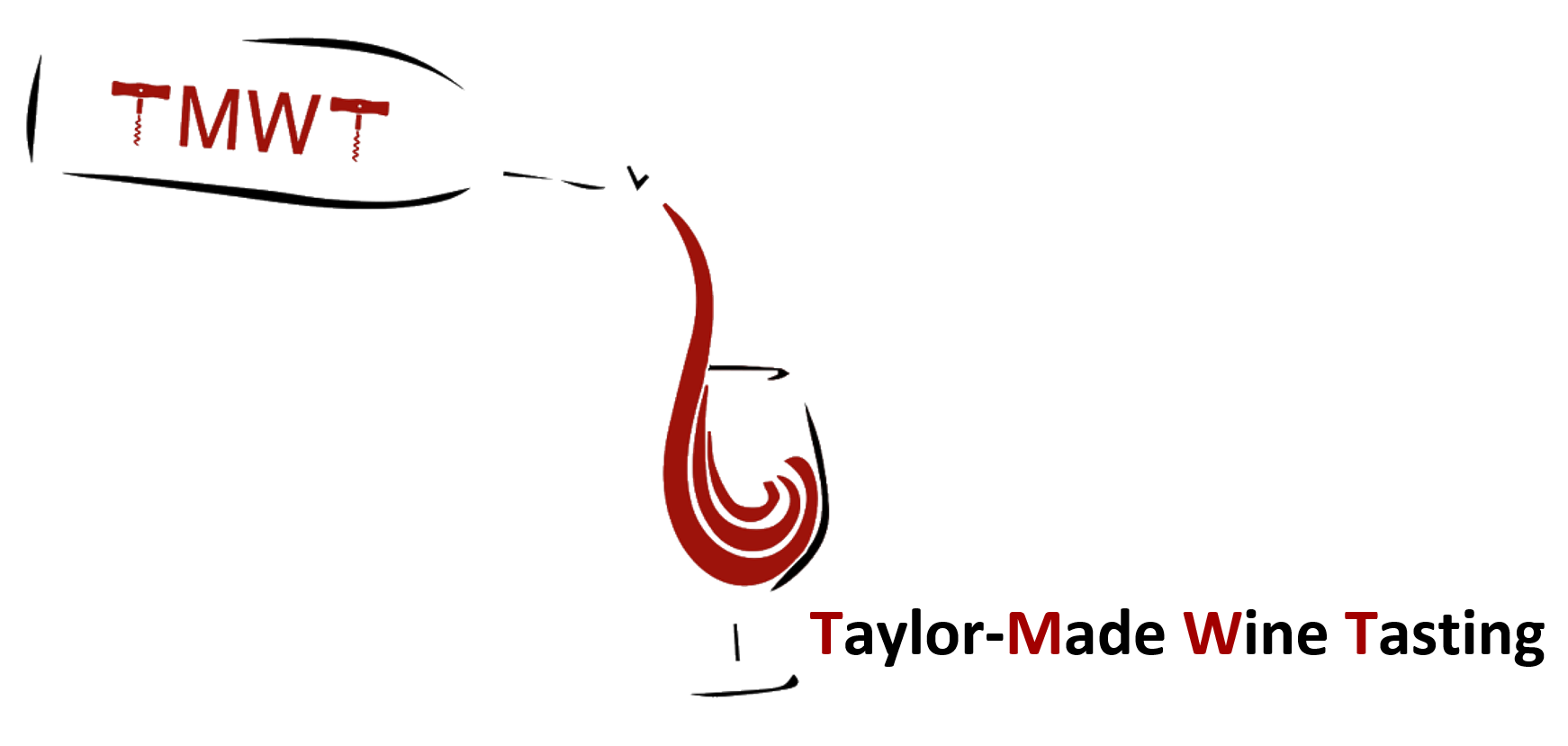In Praise of England
As the summer meanders on, Wimbledon, the Chelsea Flower Show and other events remind us that England is rather lovely. As a nation, we have a tendency to be glass half-full, self-deprecating, illustrated by many peoples’ analysis of our Euros final. We came second and but for a couple of awry penalties may have taken the European Crown- close and getting closer. Let’s celebrate what is good.
English Sparkling
Which leads me to English wines, which by all international comparisons is doing very well indeed. Often beating French counterparts in blind tastings, our sparkling wines enjoy a growing reputation due to the soils and climate being very similar to that of northern France (including Champagne). Throw in global warming and all the hard work of vintners such as Hambledon (the 1st British winemakers, Hampshire, established 1952), English wine really is in rude form.
 This expensive sparkling is made by Nyetimber Estates, a stone’s throw from my brother’s house in West Sussex, some vines now growing where I once played golf with said brother, nephew and son. Nyetimber wisely decided that sparkling wines were more the future than my 9-iron. Waitrose is a champion of English wines and this Nyetimber cuvee is £37 at the moment.
This expensive sparkling is made by Nyetimber Estates, a stone’s throw from my brother’s house in West Sussex, some vines now growing where I once played golf with said brother, nephew and son. Nyetimber wisely decided that sparkling wines were more the future than my 9-iron. Waitrose is a champion of English wines and this Nyetimber cuvee is £37 at the moment.
Bacchus
Sauvignon blanc seems to have unstoppable appeal, and if you are a fan,

look out for wines based on the Bacchus grape. Nothing to do with Monty Python, it resembles the grass, grapefruit and zest you get from sauvignons from Marlborough, New Zealand. The Wine Society’s English White is made by Three Choirs and is very refreshing. £8.50.
Chianti classico
Finally, when it gets later into the evening, or the weather is not so summery, I will nearly always reach for a red. I prefer medium bodied bottles wine at this time of year, and I really enjoyed a Chianti-classico with my sister-in-law the other evening. Medium-bodied, smooth and fruity (the Chianti, not my sister-in-law), chianti is made from the sangiovese grape and is an oft-forgotten classic. This Morrisons Best Toscana is reduced from £10 to £8 at the moment. Bargain beauty with ripe, black fruits. 


